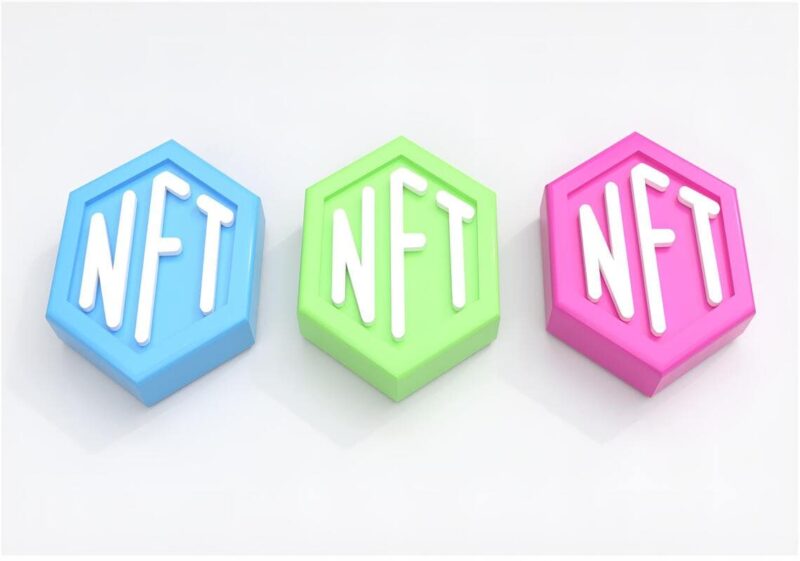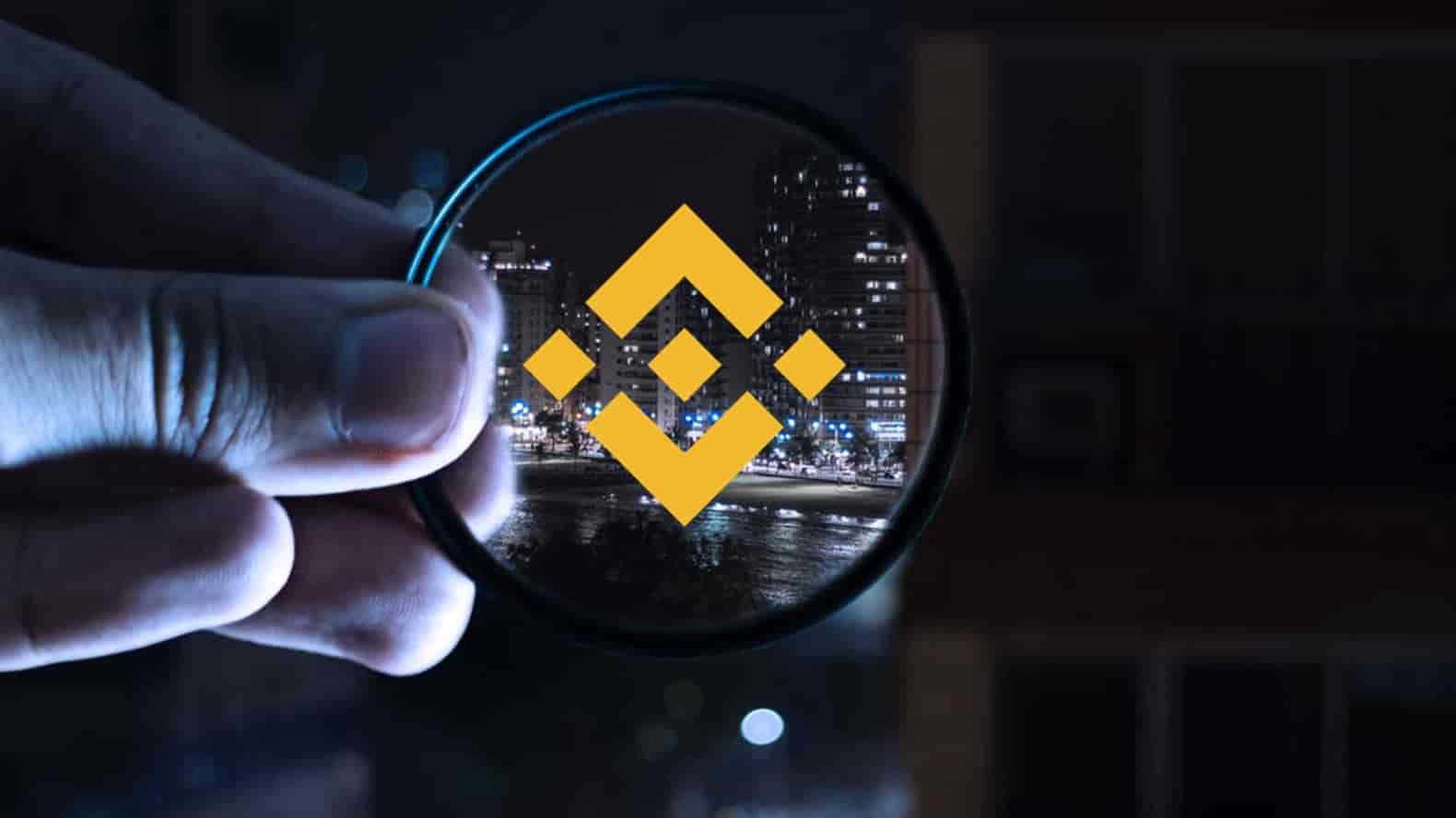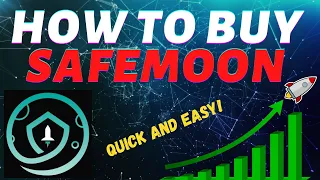NFT has been a hot topic in the cryptocurrency industry. The emergence of NFT has made many people develop an interest in digital art.
When it comes to using NFTs, the more knowledge and understanding you have of them, the better you get at succeeding in the space. Most people are intrigued by the possibilities that NFTs present. Thus, they are not only interested in being a collector but also want to know how to create 3D NFTs and sell them.
However, it’s not hard to make an NFT. But it does require some elements that most people don’t know about.
This article entails a step-by-step guide on how to create 3D NFTs and sell them, but before then, you will get to know what NFT means, the NFT use cases and what 3D NFT collect is.
What is NFT?
NFT, an acronym for Non-fungible token, is a tokenized asset on the blockchain which represents a unique digital or physical object.
It’s a new form of digital art that addresses the theft issue of any unique asset, and it’s non-fungible because it is not interchangeable, unlike fungible assets such as dollars, Bitcoin, etc.
It also eliminates middlemen or intermediaries between creators and collectors as it operates on a decentralized and permissionless protocol — blockchain technology. Hence, it can not be counterfeited or duplicated when it’s stored on the blockchain, and it also gives full ownership without the risk of theft.
What Makes NFT unique?
NFT, Non-fungible tokens represent unique digital assets that can be used for digital art and also in-game for trading, etc.
While NFT is also powered by blockchain technology, it’s quite different from cryptocurrencies like BTC, Ether, etc., because NFTs are not divisible or interchangeable, unlike Bitcoin or Dollar.
NFTs cannot be broken down into smaller parts or combined with other assets to create something new.
For further explanation, when you have one unit of Bitcoin, you can break it down into smaller parts by sending or selling the Bitcoin in smaller units (e.g, 0.1 Btc sold 10 times). Likewise, if you receive or accumulate 0.1 Btc in ten different times, you’d have one Bitcoin.
Conversely, a single unit of NFT can not be sold, sent, or received in a smaller unit. Thus it is considered a unique asset and an asset that is interchangeable because it can not have the same value as other NFTs.
Can you make and sell your own NFT?
Most people had thought that the only way to make money from NFT or use it was just by buying NFT. But then, there are no barriers to entry when it comes to creating NFT.
Anyone can make and sell their NFT at the open NFT marketplace.
Also read: How to receive free NFTs.
What are 3D NFTs?
3D NFT collection is a new form of digital art that allows anyone to own and trade 3D objects on the blockchain.
The blockchain that’s often used in the 3D NFT collection has been developed by the founder of Ethereum, Vitalik Buterin, and it’s currently being used by artists, designers, and creators to create unique pieces of art.
A 3D NFT collection is a collection of 3D objects in the form of an avatar. Each object in the collection has a unique ID and can be used to create an avatar with unique characteristics. The user who owns the collection can then use that avatar to interact with other users who own the same collection.
3D NFTs are a fun way to represent your digital property. The technology is still in its infancy, but it’s growing quickly and will become more mainstream over time.
You can use 3D NFTs to create new visual content for your brand, like 3D-printed t-shirts or custom-designed mugs. You can also use them as a way of promoting your existing content or even create new content from scratch.
3D NFTs are great because they give you full control over what your users see and interact with. You can create avatars that look exactly like you or even have your likeness mixed into the design in some way.
How to create 3D NFTs
In the world of NFT, 3D NFTs is the new dimension of NFT art that has been garnering utmost attention recently. This is because the major concept of NFT goes beyond tokenization of digital art such as jpeg.
3D NFTs are more interactive. It’s believed to have become an integral part of the metaverse. Likewise, 3D NFT is being used as a playing tool or element in the play-to-earn game thus. Its importance cannot be underemphasized.
Due to this, many NFT enthusiasts are keen on knowing how to create 3D NFT and sell them — because of the great experience and benefits that it presents, so let’s explore:
Easy ways to create 3D NFT artworks and sell them
Creating 3D NFTs is something that’s not straightforward or requires a few clicks within the same page to get the NFT art created.
The first thing you’d want to do if you want to create 3D NFT is to:
Set up a crypto wallet
It can be surprising to hear that crypto assets are also included in the NFT space. It’s because they are both operating on blockchain technology.
A crypto asset is a liquid asset that serves as a medium of exchange for 3D NFT in an NFT marketplace.
Meanwhile, a crypto wallet is what would be used to store the crypto asset thus, setting up a crypto wallet should be your priority when considering creating a 3D NFTs artwork; notable NFT compatible wallets are Metamask, Enjin wallet, etc. After setting up, you can then buy the crypto asset — Ether because Ethereum is the most used and popular blockchain for NFT activities, and I guess you’d not want to create your work where there’s not much audience.
Create a 3D art and choose a Marketplace
The next thing after setting up a wallet and funding it with cryptocurrency is to create a 3D model digital art with any available 3D design software, Blender is more recommended for the creation of 3D art.
After that, scout different NFT marketplaces that are available, and choose the one you think it’s suitable for you based on their terms and conditions.
Some of the NFT marketplaces are:
OpenSea
OpenSea is an NFT marketplace that’s considered to be the largest and biggest NFT marketplace in the world. It boasts an average trading volume of $3b every 30 days and also has over 500 thousand users.
It connects collectors and creators by allowing buying and selling of NFTs on its platform. It also enables creators to create a customized store within the platform and also allows them to set a royalty on future sales of their NFT after it’s been sold. OpenSea platform takes 2.5% of every NFT trade on the platform.
Rarible
Rarible happened to be a marketplace platform that enabled anyone to become an NFT creator or collector. The platform supports three different blockchains which are Ethereum, Flow, and Tezos blockchain.
It also operates with governance protocol by allowing its users to govern the ecosystem when they hold the platform token — RARI. It boasts of over 1.6M users, and it takes a 2.5% fee on every NFT trade on the platform.
LooksRare
LooksRare is an NFT marketplace that claims to be a marketplace that’s very rare in the NFT space. It enables buying and selling of NFTs on the platform.
It also claims to be the first community-focused NFT marketplace — as it rewards its users with the platform native token — LOOKs token when they buy or sell NFT on the platform based on trading volume. Unlike OpenSea, It takes 2% only on every NFT trade on the platform, and 100% of the fee is distributed to LOOKs token stakers.
After choosing any of the NFT marketplace available, navigate to the website and connect your wallet, then mint your created 3D art as an NFT and list or auction it for sale.
NFT use cases
The major use cases for a non-fungible token that most people know are in the art industry and, most especially, the gaming industry — whereas they were used as collectibles in games like Cryptokitties, Cryptopunk, etc.
The applications of the NFT concept are virtually limitless; this is because the technology can be applied to any product, service, asset, and sector. Some of the most popular industries/sectors in which NFT can be useful are digital art, the health industry, the gaming industry, and real estate, to mention a few.
NFT use cases in the art industry
The digital art market is one of the industries that has been growing rapidly. The NFT concept has been helping artists to sell their work online seamlessly and make it easier for buyers to recognize their unique pieces.
NFT is used to mitigate duplication of art and also enable artists to earn a royalty on their art’s future sales after it has been sold out by them.
NFT use cases in the health industry
The healthcare industry is also the fastest-growing industry in the world. Using NFT can enable doctors to access data on patients’ medical history and seamlessly track their progress over time.
This will allow them to provide better care and reduce operational costs (by cutting down on patient visits).
NFT use cases in the gaming industry
A non-Fungible token can be used as one of many items within an online game ecosystem where players can compete against each other by buying a virtual asset with a liquid asset (BTC, Ether, etc) which they can then sell back later at a higher price if they wish to.
However, it depends on the rarity of the in-game item; for instance, the gaming platform could set up a system that a player would have a high chance of winning over other players when they own a particular NFT. This is often used in play-to-earn platforms.
Final thought
If you have wanted to know how to create 3D NFTs and sell them, following the guide in this article could help you in your 3D NFT creation and sales.
Also read: Cheap NFTs to buy in 2022.




